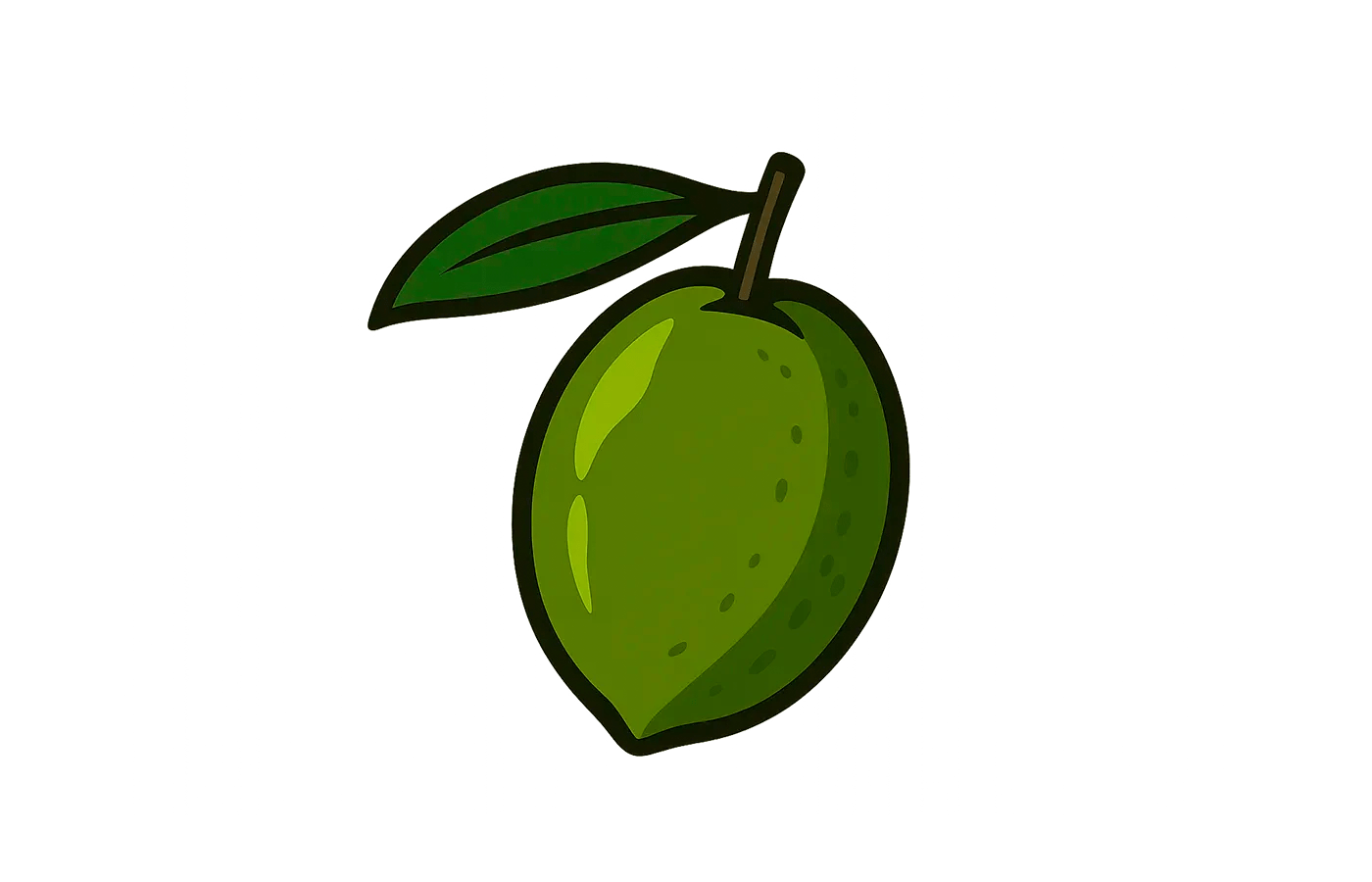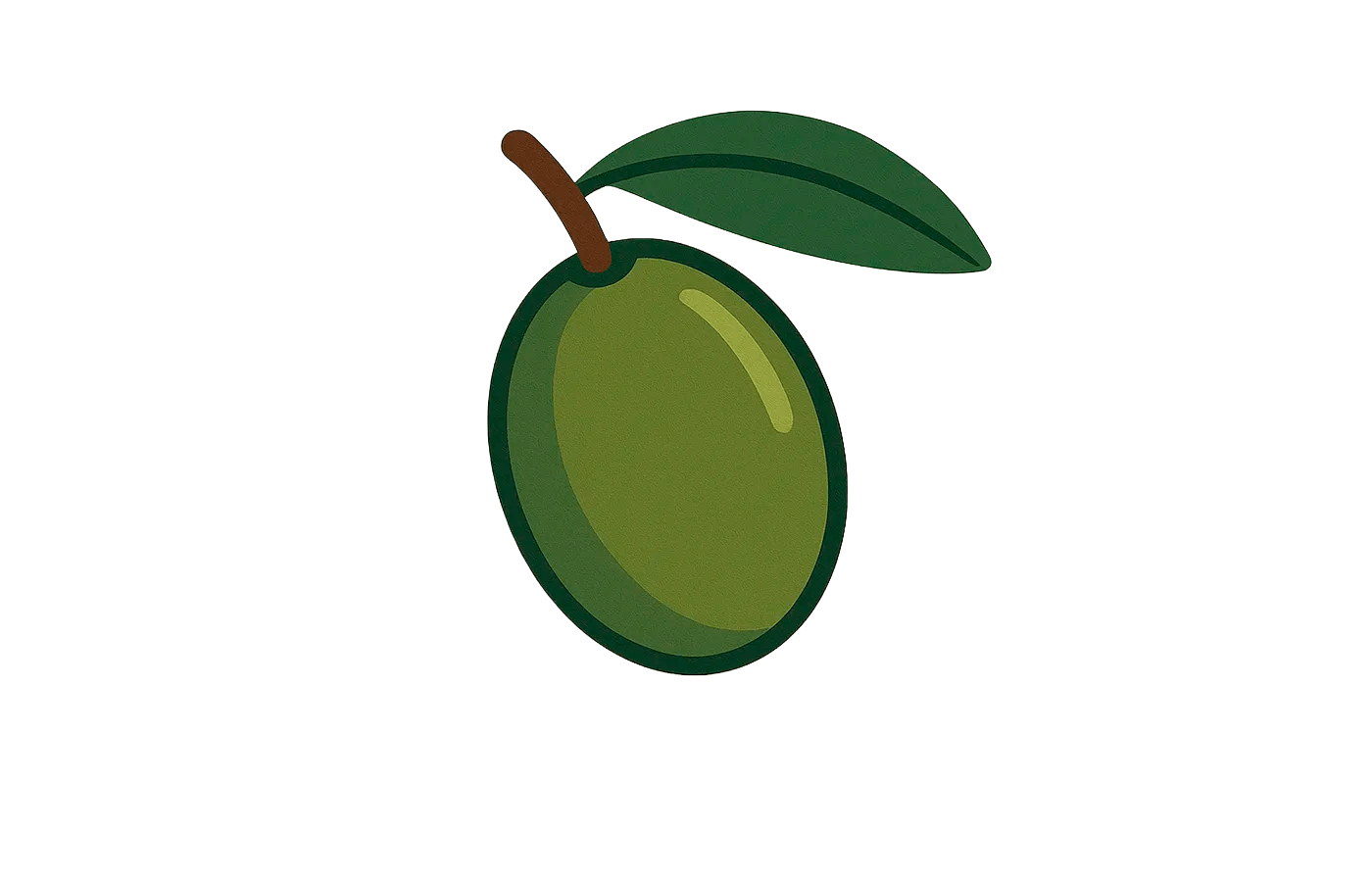
Olive Oil Guide for Cooking, Frying, and Salads
When it comes to choosing an olive oil for culinary use, it's important to know the characteristics of each type of oil to achieve excellent results in our dishes and recipes.
Our first recommendation is that when it comes to cooking, you always choose Extra Virgin Olive Oil . If you're unsure of the differences between the different types of oil, we recommend reading our article on what Extra Virgin means in olive oils .
Not all extra virgin olive oils are the same or behave the same way. In this article, we'll learn about their characteristics and recommendations for use in the kitchen.
Extra Virgin Olive Oil for cooking
EVOO has great thermal resistance. Below 150°C - 180°C, it offers a fantastic balance of flavor and stability, providing unmistakable aromas and flavors to our recipes.
Recipes such as stews, stir-fries, or grilled dishes are perfect candidates for enhancing and invigorating with a good Extra Virgin Olive Oil.
Using a less bitter and spicy EVOO like Arbequina in sauces or mayonnaise instead of sunflower or seed oil allows you to maintain the same consistency and give the dish a special touch.
Recommended varieties for cooking:
- Picual: Provides an intense and aromatic flavor. Ideal for grilled meats, fish, or oven-baked recipes with powerful flavors.
- Hojiblanca: Given its balanced, fresh and versatile flavor, it is ideal for stir-fries and stews with a spicy touch.
- Arbequina: Provides a mild, less bitter and spicy touch to sauces, mayonnaise, bread and pastries.
- Cornicabra: Aromatic and stable, it adds a special touch to traditional dishes.
Premium and early harvest EVOOs that we recommend:
- Oro Bailén Picual : Very aromatic and powerful, excellent in main dishes.
- Picualia : A balanced Picual that adds a touch of EVOO to all your recipes.
- Andrés Aguilar Arbequina : Excellent for baking recipes, sauces and mayonnaise.
Practical Tips:
Do not overheat the oil (over 180°C) to prevent it from smoking and deteriorating. For grilled meats, first temper the meat, let it cook in its own fat, and finish with a drizzle of EVOO.
Look for ingredients that complement the flavor and aroma of the oil you choose. We include a sensory star with your oil purchase. Use it as an indicator to know what you want to add to your dishes.
For stews, avoid oils that are too mild, like Arbequina, which will be lost during cooking. Keep in mind that, due to their characteristics, unfiltered olive oils may not be the most suitable for cooking.
Extra Virgin Olive Oil for Salads
For both cold dishes and salads, the goal is to highlight fresh, delicate, and aromatic flavors. Depending on the type of salad, we'll use one oil or another:
The Arbequina is sweet, smooth, and slightly fruity. It will let the main elements take center stage .
Frantoio is aromatic, elegant, and balanced. It will add a special touch to your dish that complements the ingredients without overpowering them.
If you prefer more flavor, use a Hojiblanca, which is versatile, mild, and has a hint of chili to emphasize the flavors of the dish without overpowering them .
Picual adds tomato and pepper flavor to fresh salads. If your salad doesn't include those elements, it's ideal. It's perfect for country salads with potatoes, eggs, tuna, and other dishes.
If you like avocado, try it raw with a dash of Picual and a little salt for a superfood that's easy to prepare. A perfect compliment.
Premium and early harvest EVOOs that we recommend:
- Supremo Hojiblanca : Delicate, ideal for gourmet dishes and fresh salads.
- Finca Badenes Coupage : perfect for delicate salads or those with fine ingredients.
- Oro Bailén Arbequina : It gives it a sweet, smooth and slightly fruity flavor.
Practical tips:
Use fresh, recently grown oils to maximize their flavor. Always add them to cold dishes and in small amounts to enhance the flavors.
Extra Virgin Olive Oil for frying
Fried foods require oils that are resistant to high temperatures, maintain chemical stability, and do not degrade easily. Therefore, choosing the right oil is essential.
Oils packaged in PET bottles, cans, or bag-in-boxes are usually Picuales, which are known for their stability as long as temperatures do not exceed 180ºC and are ideal for repeated frying.
It is advisable to change the oil every 10-15 fryings to prevent deterioration and to avoid mixing oils with other types of oils when frying to better preserve their healthy properties.
If we use a deep fryer, it should be noted that olive oil tends to expand a lot when heated, and if we fill it within the limits recommended by the deep fryer manufacturer, it may overflow during the first frying.
If we want to fry eggs, for example, we can use a variety like the Cornicabra, which will add a special touch to the dish.
Common mistakes when using Extra Virgin Olive Oil for cooking
When using EVOO in cooking, one of the most common mistakes is using the same oil for everything. A perfect oil for a salad isn't the best for frying or cooking at high temperatures.
Furthermore, overheating the oil causes it to lose its properties. In dishes that require high temperatures, it's best to add it as a finishing touch.
Excessive reuse of oil in frying causes it to lose its quality, and the compounds derived from chemical decomposition due to temperature changes end up affecting our dishes.
Finally, don't forget to keep your EVOO in optimal condition. We've prepared a specific article on preserving Extra Virgin Olive Oil .
Share











